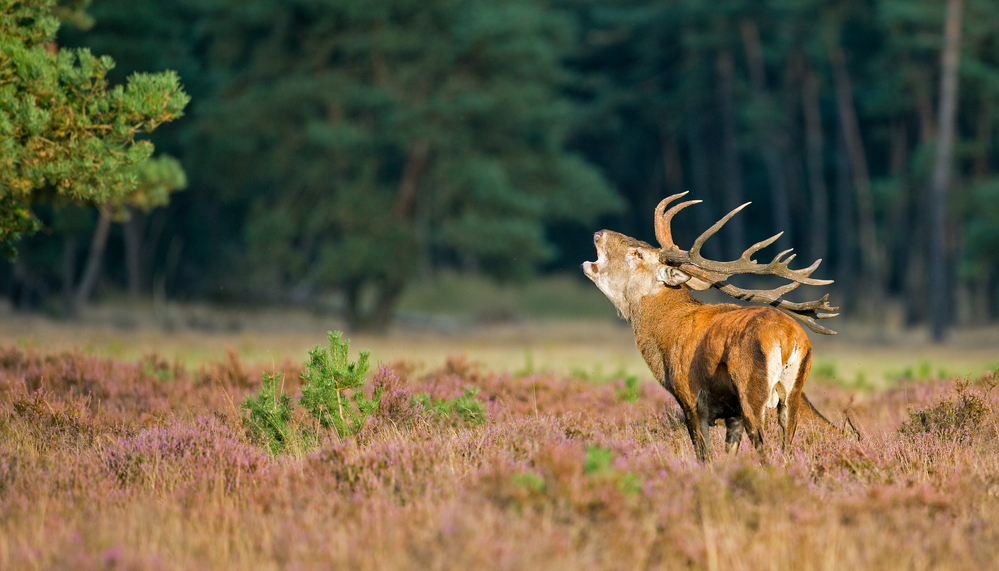Nature lovers may already be familiar with the Dutch nature reserve called the Veluwe. The 91,200-hectare area is a popular recreational area that offers visitors scenes of wonderful woodland, heath, lakes, and the largest sand drifts in Europe.
In addition, it is also one of the wettest areas in the Netherlands. In the Veluwe, an average of 10% more precipitation than the rest of the country helps sustain its fauna and flora. 🦌 🌲
However, the Veluwe is becoming drier and drier every year, reports the NOS.
What’s happening?
That the Veluwe is drying up is largely due to largely three factors. The forest complex, industry, and polders.
🌲 Nature is changing
It’s hard to believe it when looking at its rich nature today but, back in the Middle Ages, the Veluwe was barren for hundreds of years.
According to Maarten Veldhuis from the Vallei en Veluwe Water Board, the heather and sand and beautiful forests that made up the Veluwe back allowed much less water to evaporate than the large forest complex does now. In fact, three times as much water evaporates today.
🏭 Water is used for industry
In contrast to the Middle Ages, Veldhuis adds that the water that evaporates today “is no longer supplemented by the groundwater. The freshwater supply in the Veluwe is also being used for drinking water and industry.”
💧 Polders extract water
Finally, some of the water in the Veluwe is being extracted by polders in the Zuiderzee and Flevoland to promote agriculture and habitation.
What can be done?
Despite the Veluwe receiving about 100 millimetres more precipitation than the rest of the Netherlands every year, the NOS weather forecaster says it’s a “huge battle to prevent the area drying out.”
If the Veluwe is to maintain its water balance, the natural sponge function of the area must be restored.
Currently, there are efforts to retain water from a local stream in Veluwe and prevent it from flowing into the IJsselmeer.
READ MORE | The 8 greatest forests in the Netherlands for a nature escape
The NOS weather forecaster adds that the dry areas in the Veluwe will become drier in the future but that the wet areas also will become wetter. He says that “in winter, precipitation in the Veluwe area will continue to increase, into the coming century. In a sense, there is still hope for Veluwe.” 🙌
Have you visited the Veluwe? Can you imagine it drying up? Tell us in the comments below!
Feature Image: MennoSchaefer/Depositphotos


